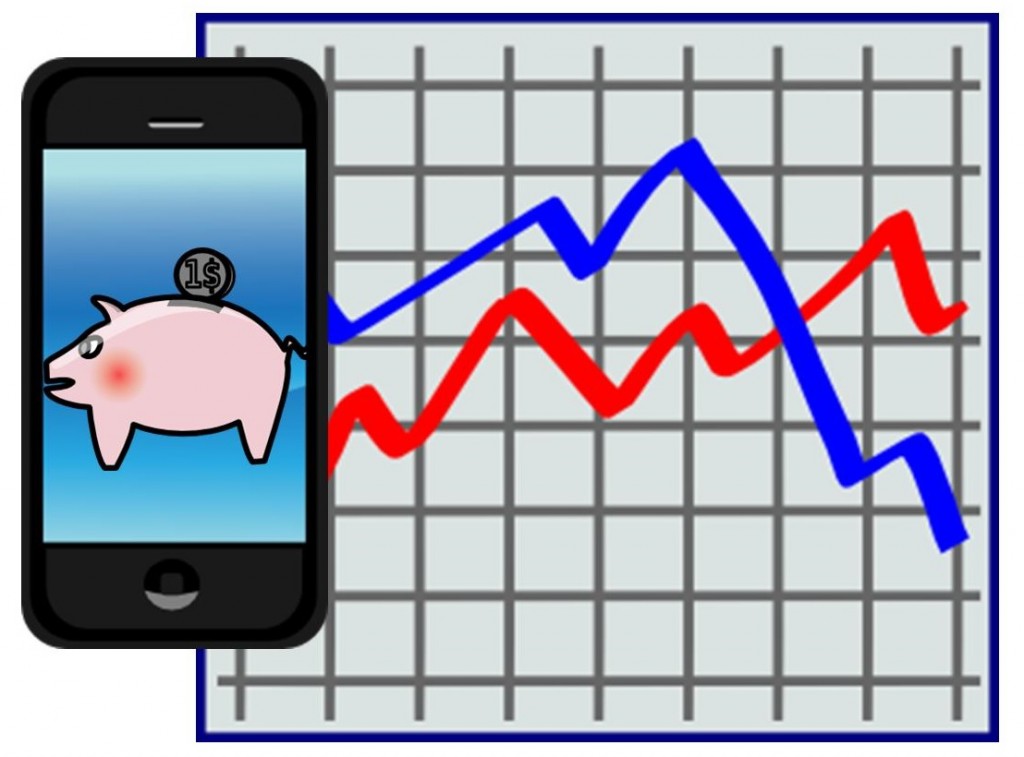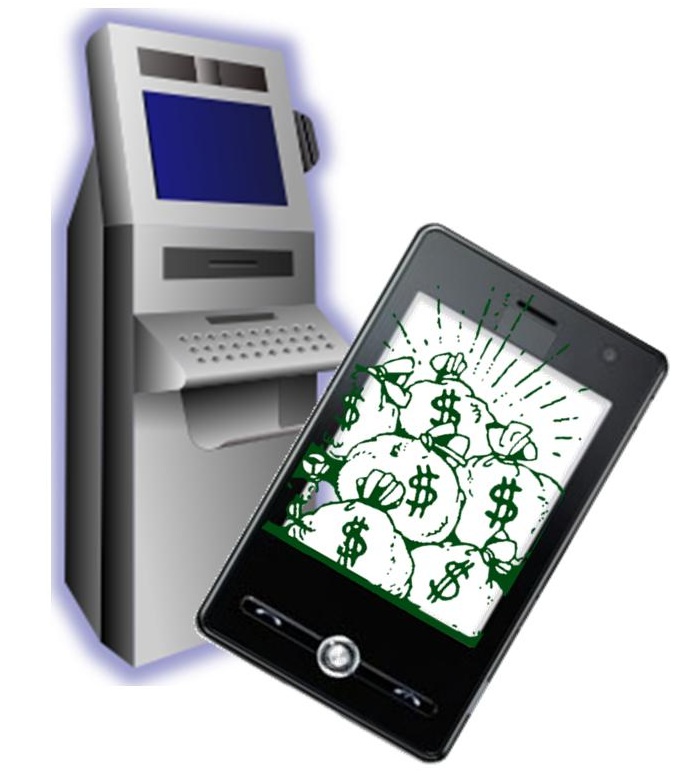eMarketer has reduced its forecasts for the use and value of these transactions this year and onward.
Even as the mobile payments industry continues to insist that it is on the cusp of a massive explosion in use, eMarketer has slashed its growth estimates in half for the remainder of the year.
In October 2012, the firm had predicted that the market would reach the $2.12 billion mark this year.
However, in their latest report, which was only just released, it has reduced that figure to $1 billion, instead. Between 2011 and 2012, mobile payments had experienced a tripling in its transactions. However, eMarketers’ initial growth estimates have now been scaled back considerably as it witnesses an ever larger number of issues in the way of the adoption of these transactions.
Mobile payments struggles continue in the form of adoption problems, delays and a “congested landscape”.
 One of the primary factors contributing to the slow adoption of mobile payments is the companies within that industry. There are a tremendous number of players, each of which have their own competing technologies. This lack of a standard or a universal format is causing both consumers and businesses to feel confused about the industry as a whole and is leading them to hesitate before even considering adopting its use.
One of the primary factors contributing to the slow adoption of mobile payments is the companies within that industry. There are a tremendous number of players, each of which have their own competing technologies. This lack of a standard or a universal format is causing both consumers and businesses to feel confused about the industry as a whole and is leading them to hesitate before even considering adopting its use.
eMarketer now feels that it will take until 2016 for mobile payments transactions to reach the $20 billion level. This is a full year longer than their previous forecast. At that rate, however, it could still mean that by the end of 2017, it may be able to reach $58 billion, which is certainly nothing to laugh at.
It should be noted that while adoption isn’t exploding as many predictions had thought, mobile payments remains and extremely hot space at the moment. The chance to redefine the way that people pay for the products and services that they purchase is a tremendous opportunity for startups, big tech companies, and large financial institutions alike. It is the first time that this kind of opportunity has opened up since debit cards joined credit cards as being highly popular forms of plastic transaction at a point of sale.
These large institutions are using data and offers to help to ensure that they hold the market.
Bankers have always seen transactions as their own domain, to the point that they are virtual owners, says recent Finextra research, and now they are hoping to use their might in this arena to lead the mobile payments sector, as well.
To do this, Finextra has reported that they will be deploying data and discounts to eliminate the competition.
The research from Finextra suggested that in order to become the most powerful player in mobile payments, they will be using their data and applying discounts as massive weapons in the battle to hold control over transactions and to be able to provide services that step above and beyond making a purchase.
 The Finextra research was based on the responses given by over 180 bankers who were surveyed.
The Finextra research was based on the responses given by over 180 bankers who were surveyed.
These survey participants were asked about what Finextra referred to as “key issues” in the realm of monetizing mobile payments. Some of the findings produced by the study include that 81 percent of the participating banks are seeking to add value beyond the actual transaction itself. This included making relevant offers to consumers directly at the point of sale.
Moreover, about two out of every three survey participants (67 percent) explained that they were seeking to own and manage the markets not only for the money of a consumer, but also all of the other elements of an individual’s wallet, such as points cards, memberships, and coupons.
Other mobile payments survey findings from the respondents included:
• 60 percent felt that a “trusted banking environment” is the most appropriate place for mobile payments, as opposed to third party smartphone apps.
• 43 percent said that they had a digital wallet offering in the pipeline within the next 6 to 12 months.
• 49 percent would take part in some form of open industry digital wallet initiative.
In terms of the future of mobile payments “big data”, 44 percent of the banks explained that they did not have adequate resources to take full advantage of it, and an additional two out of every three respondents said that smartphone monetization would be a primary big data usage driver, offering the required insight for personalizing targeted offers to consumers.
 One of the primary factors contributing to the slow adoption of mobile payments is the companies within that industry. There are a tremendous number of players, each of which have their own competing technologies. This lack of a standard or a universal format is causing both consumers and businesses to feel confused about the industry as a whole and is leading them to hesitate before even considering adopting its use.
One of the primary factors contributing to the slow adoption of mobile payments is the companies within that industry. There are a tremendous number of players, each of which have their own competing technologies. This lack of a standard or a universal format is causing both consumers and businesses to feel confused about the industry as a whole and is leading them to hesitate before even considering adopting its use.
 The Finextra research was based on the responses given by over 180 bankers who were surveyed.
The Finextra research was based on the responses given by over 180 bankers who were surveyed.